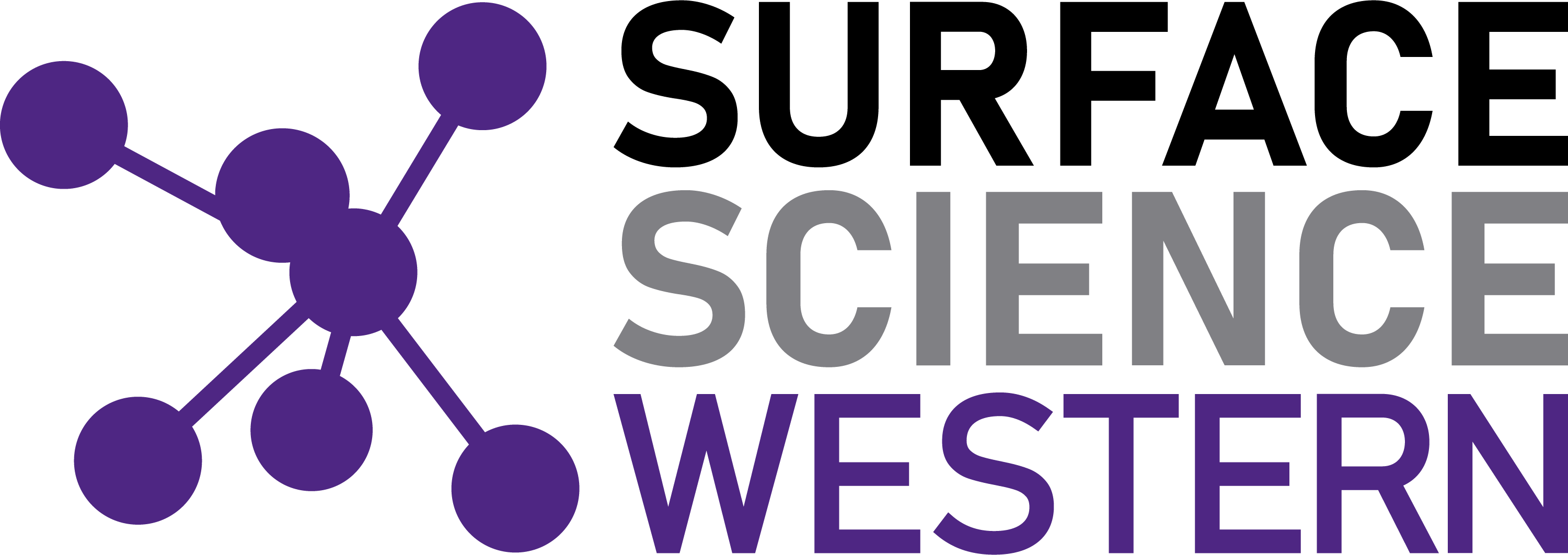At SSW, we sometimes make important discoveries from unexpected things. Many students come to us with reference images from publications, but when we examine their samples, we see something that is completely different. That’s what happened to UofT engineer Goutham Rangarajan.
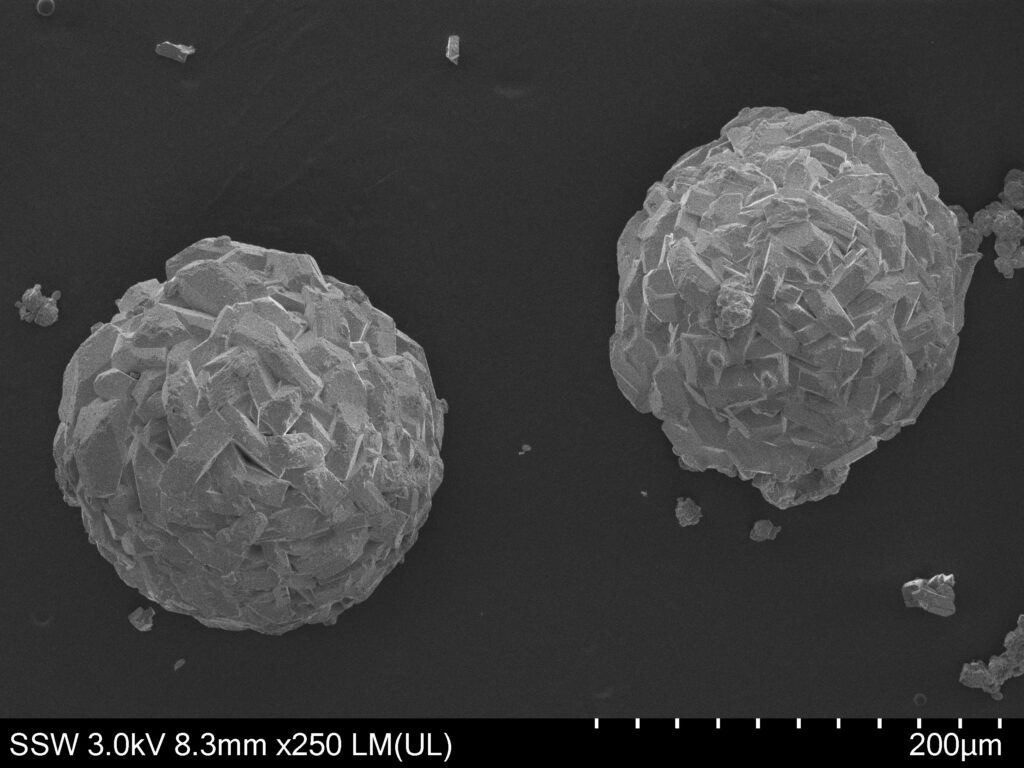
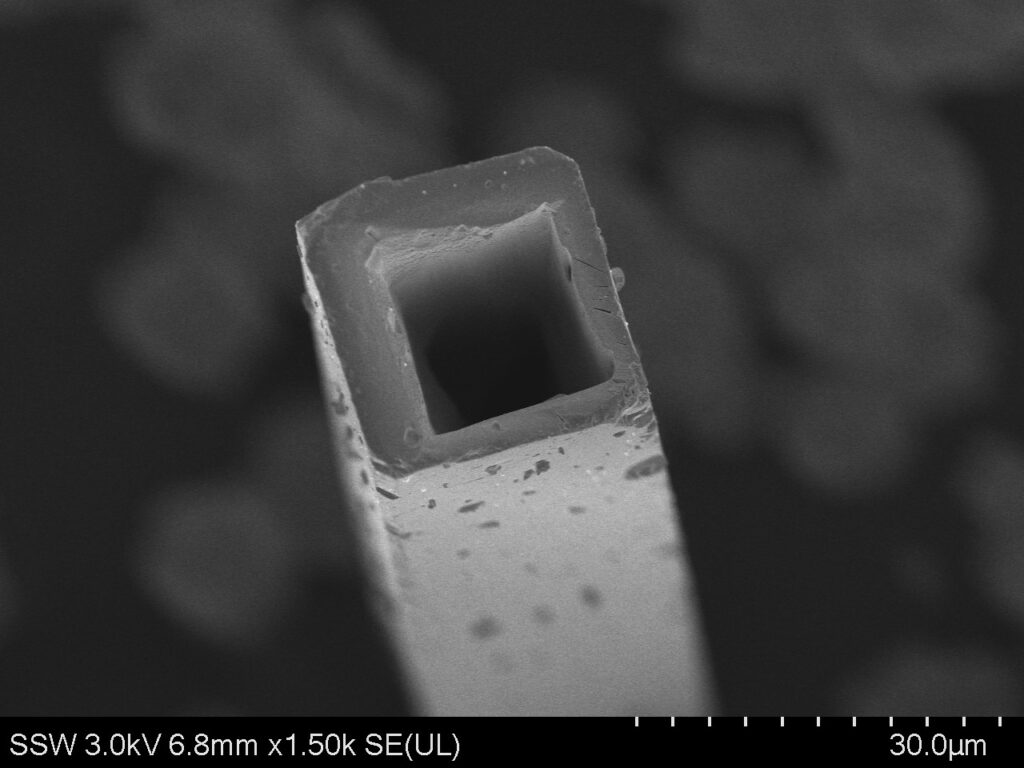
Goutham’s images show the unexpected shapes and forms of halogen-enriched antimony powders. His research aims to use sunlight-activated nanoparticles to break down waste polystyrene. By changing the halogen anion (iodide, bromide or chloride) during hydrothermal reactions, he obtains needle-like and urchin-like nanostructures of antimony chalcohalide, which have different optical and catalytic properties.
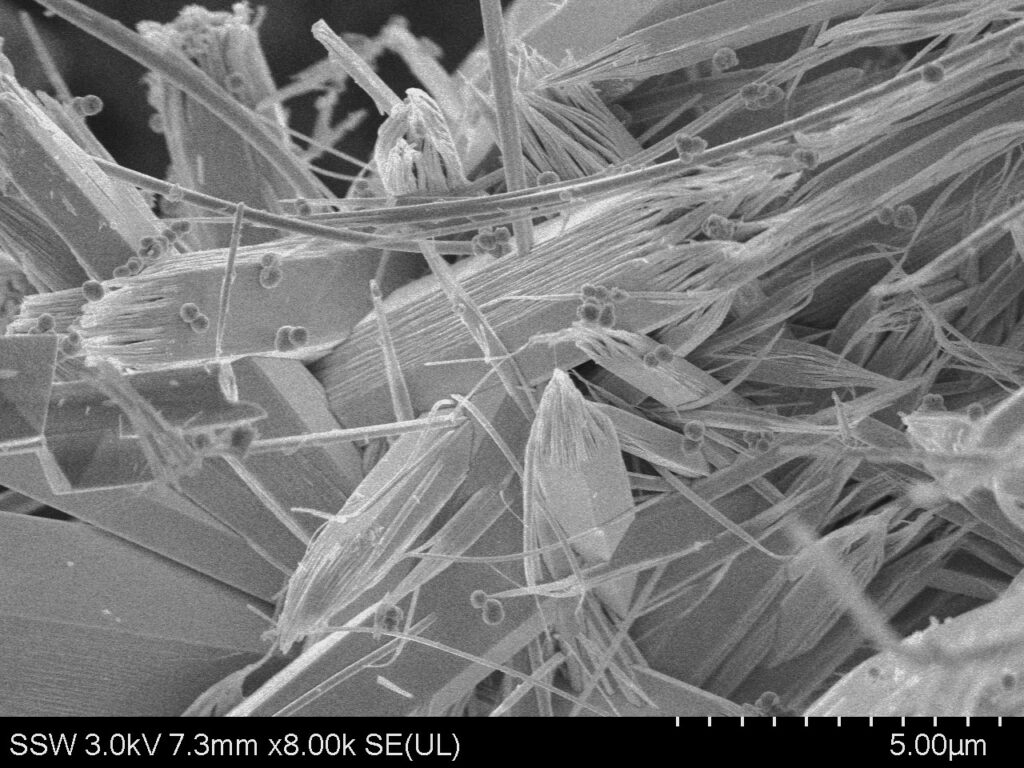
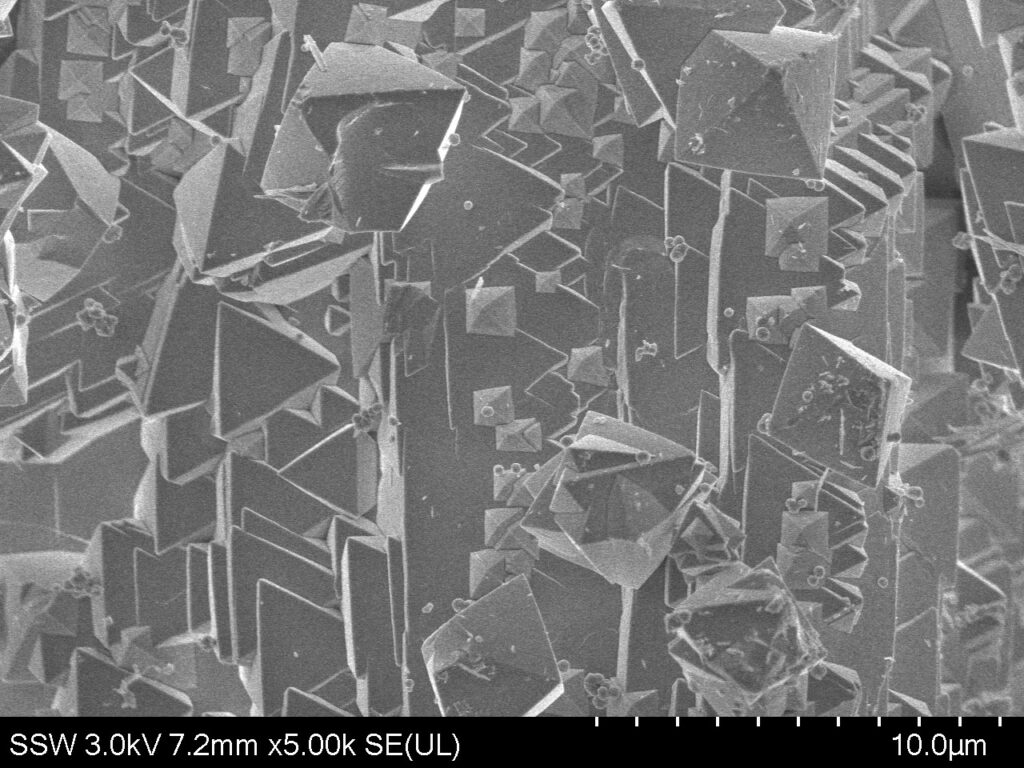
Polystyrene is a widely used plastic that is hard to recycle and poses many environmental problems. Most methods for depolymerizing polystyrene require high temperatures or expensive catalysts, making them economically unviable. Ramin Farnood’s lab at UofT has created antimony sulfohalide photocatalysts that use sunlight to split the carbon-carbon bonds in polystyrene. This converts waste polystyrene into useful compounds like benzaldehyde and acetophenone, which can be used as solvents, fragrances or precursors for other chemicals. This technology offers a green and sustainable solution to deal with polystyrene recycling.
Our staff have extensive training and experience in handling samples of all kinds. The samples in these images were especially challenging and required careful attention to achieve high-resolution and clarity. When you work with SSW, you benefit from the expertise of a team of microscopy professionals who can help you produce publication-quality images.
